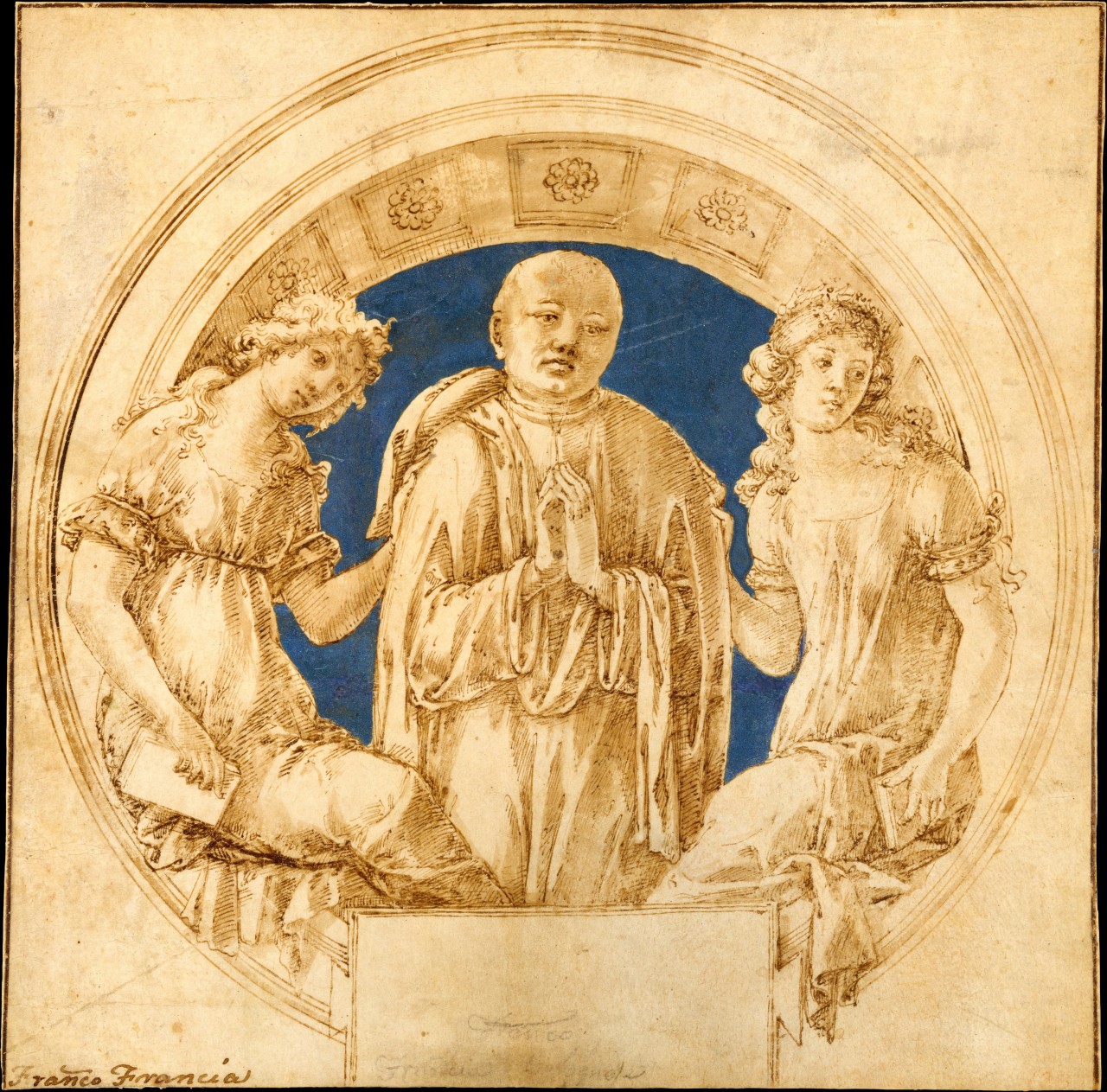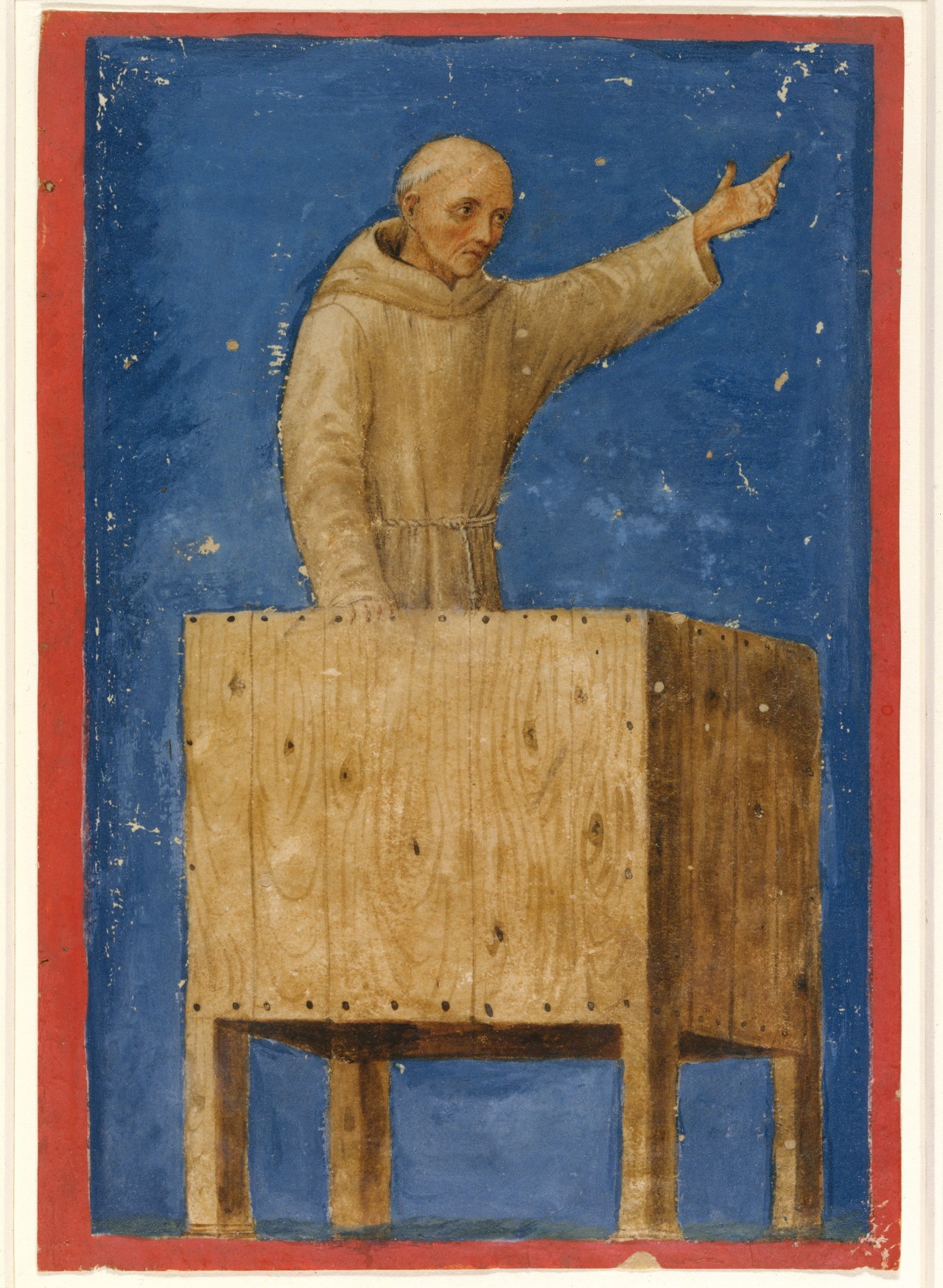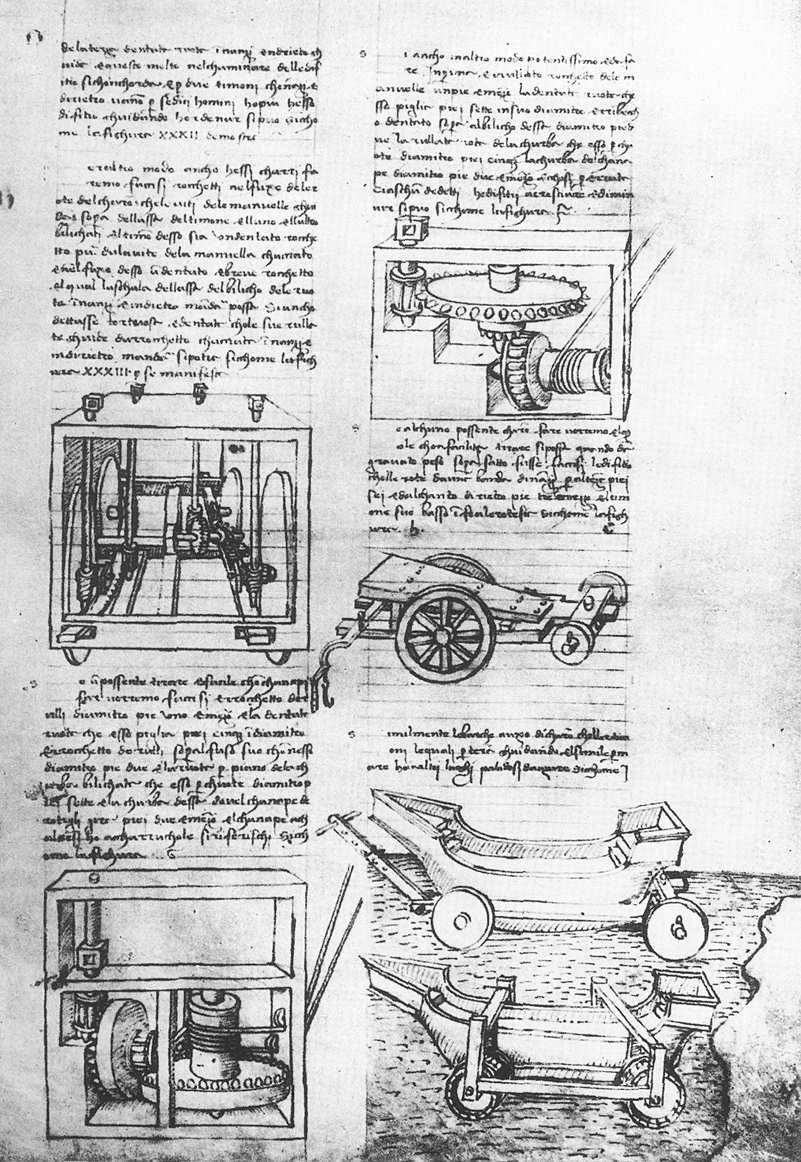By: Amy Fredrickson and Anne Leader
On the 23rd of September 1439, Francesco di Giorgio Martini was baptized in Siena. Francesco worked as an architect, engineer, painter, sculptor, theoretical writer, medalist, and illuminator. He is widely seen as the most important Sienese artist of the late fifteenth century and is known as a homo universale, or as some recent scholars have labeled him the “Leonardo da Vinci” of Siena. Vasari praised his work and considered him to be second only to Brunelleschi as a father of Renaissance architecture.
In addition to work in his hometown of Siena, he served as a diplomat and worked in the courts of Naples, Milan, and Urbino. Illuminated manuscripts, furniture panels, and two large altarpieces were his earliest documented works. His earliest altarpiece was The Coronation of the Virgin from 1471. The Nativity with Saints from 1475 is his only signed painting, and this altarpiece was commissioned for the Olivetan Monastery of Porta Tufi, although it currently hangs in Siena at the Pinacoteca Nazionale. The Nativity with Saints echoes the influence of contemporary Florentine painters, such as andrea del Verrocchio. Francesco executed most of his paintings and miniatures before 1475.
He may have received his painter training from Vecchietta, who was also a sculptor; however, a more recent proposal is that he collaborated with Sano di Pietro. Francesco also shared a workshop with another painter and sculptor named Neroccio de’ Landi. The artists worked in the same shop from the late 1460s until 1475 when they parted ways. At that point, Francesco left Siena to work for the Duke of Urbino. Scholars propose that The Duke of Urbino Federigo da Montefeltro was Francesco di Giorgio’s patron and that the artist was involved in executing a new fortress in Volterra. The fortress was a celebratory commission after The Duke of Urbino, in conjunction with the Florentines seized Volterra. Federigo’s court artist Luciano Laurana left for Naples in 1472 and the Duke needed a new architect to finish his palace and to build a new cathedral and fortress. Francesco was most likely involved in the theory and execution of the bastion, which formed the basis of Renaissance fortresses.
In Milan, the prominent Sforza family also commissioned his work. While working in Milan, Francesco met Leonardo da Vinci, who owned, studied, and annotated one of Francesco’s manuscripts. The manuscript, formerly in Leonardo’s possession is located today in the Biblioteca Laurenziana, Florence. Francesco di Giorgio’s collected essays are known as I Trattati. His writings discuss the role of architecture regarding Renaissance theories of technique, ancient architecture, the study of ruins, and ancient literary sources. His work is unique because he illuminated his writings with various drawings that highlight relevant examples of architecture, weapons, and machines. Scholars debate on the exact date that Francesco di Giorgio completed this work. While not published until modern times, these publications included works on military engineering. Francesco’s architectural treatises were the first to approach the subject from a practical, rather than solely theoretical, standpoint. He also included numerous illustrations and his original work, Trattato di architettura Civile e Militare, analyses architecture and Renaissance city planning. Francesco’s work influenced several architectural developments during the sixteenth century. During the 1980s and 1990s, several exhibitions portrayed Francesco’s skills and contributions, and he was the most important artistic figure in Siena during the second half of the fifteenth century.
Reference: Francesco Paolo Fiore and Pietro C. Marani. “Francesco di Giorgio Martini.” Grove Art Online. Oxford Art Online. Oxford University Press.
Boskovits, Miklós, and David Alan Brown, et al. Italian Paintings of the Fifteenth Century. The Systematic Catalogue of the National Gallery of Art.(Washington, D.C., 2003), p.278.
San Bernardino, Urbino, begun ca. 1480-2 (Photo credit: Jennifer D. Webb)
Palazzo della Signoria, Jesi, begun 1486. Completed by Andrea Sansovino after 1519.
Design for a Wall Monument, a. 1490. New York: Robert Lehman Collection, 1975.1.376
Saint Bernardino Preaching from a Pulpit, ca. 1470-75. New York: Robert Lehman Collection, 1975.1.2474
Trattato di architettura, ca. 1470. Turin: Biblioteca Nazionale
(Source: italianartsociety)
Further reading: Francesco di Giorgio Martini’s Fortress Complexes




